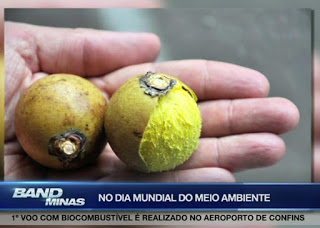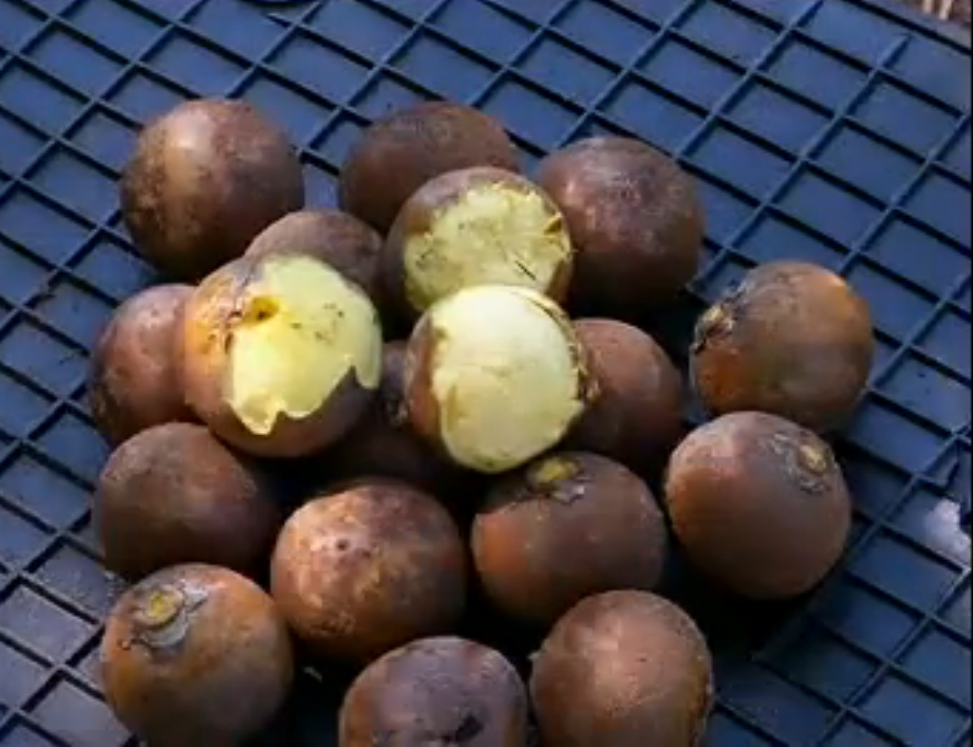After record in March, food prices fall in April, according to FAO
sexta-feira, maio 06, 2022
The Food Price Index of the Food Organization of agriculture and food (FAO) reached an average of 158.5 points in April, down 1.2 points (0.8%) from the historical high reached in March, although still 36.4 points (29.8%) above the corresponding value in the same period last year. The drop was led by a significant reduction in the vegetable oil subindex, along with a slight drop in the cereal price subindex. The subindexes of sugar, meat and dairy prices maintained moderate highs.
The cereal price subindex averaged 169.5 points in April, down 0.7 point (0.4%) from the record set in March. According to the organization, the drop was led by a 3.0% drop in corn prices. "Seasonal supplies from ongoing harvests in Argentina and Brazil have helped ease pressure on markets," FAO said.
International wheat prices rose in April, albeit marginally, gaining 0.2%. "The continued blockade of ports in Ukraine and concerns about the conditions of the 2022 harvest in the United States have kept prices high, but increases have been moderated by higher shipments from India, higher-than-expected exports from Russia and slightly attenuated global demand," fao points out.
The monthly FAO survey also showed that the price subindex of Vegetable Oils recorded an average of 237.5 points in April, down 14.3 points (5.7%) from the March record, but significantly above the previous year's level. The drop was driven by lower world prices for palm, sunflower and soybean oils, which more than offset the higher prices of Rapeseed oil.
"International palm oil prices fell moderately in April, mainly influenced by moderate global import purchases amid high costs, as well as a weakened demand outlook in China," fao said, noting, on the other hand, that uncertainties about export availability from Indonesia, the world's largest exporter of palm oil, prevented more significant price falls. According to the entity, world prices for sunflower oil and soybeans also fell in April in response to a rationing of demand after record prices seen recently.
In the fao monthly survey, the meat price subindex averaged 121.9 points in April, up 2.7 points (2.2%) over the previous month, setting a new record. According to FAO, the price of poultry meat has been driven by solid demand amid tight global supply, with disruptions in Ukraine's exports and increased outbreaks of avian influenza in the northern hemisphere. "Meanwhile, pork prices have risen due to the prolonged low supply of pigs for slaughter in Western Europe and high domestic demand in large producing countries," the organization said.
According to the survey, world beef prices increased moderately reflecting Brazil's high export volumes, despite the low supply of cattle for slaughter, and reached a new record. As for sheepmeat, pandemic-related blockades and delays in ports in China have made it easier for the country's meat purchases, pushing prices slightly down.
The Dairy price subindex averaged 147.1 points in April, up 1.3 points (0.9%) over March, marking the eighth consecutive monthly increase, and putting the index 28 points (23.5%) above its value a year ago. In April, the rise was driven by persistent lack of global supply, as milk production in Western Europe and Oceania continued below its seasonal levels.
"International butter prices rose further, reflecting tight supply, including low inventories, especially in Western Europe, amid an increase in demand for short-term deliveries, partly induced by the current shortage of sunflower oil and margarine," the organization said. According to the survey, domestic demand and low inventories in Europe underpined world prices for skimmed milk powder and cheese. On the other hand, full milk prices fell, mainly due to slowing demand in China.
Fao also recorded an average of 121.8 points in April for the Sugar price subindex. High of 3.9 points (3.3%) compared to March, marking the second consecutive monthly increase and reaching levels more than 20% higher than those recorded in the same period last year. According to FAO, the highest ethanol prices in Brazil, combined with the strengthening of the real against the U.S. dollar, continued to sustain sugar prices. "Additional support was provided by concerns about the slow start of the 2022 harvest in Brazil," the organization said. On the other hand, higher availability of sweetener in India, a major sugar exporter, strengthened prospects for strong global supply and prevented more substantial price increases.





















0 comentários
Agradecemos seu comentário! Volte sempre :)